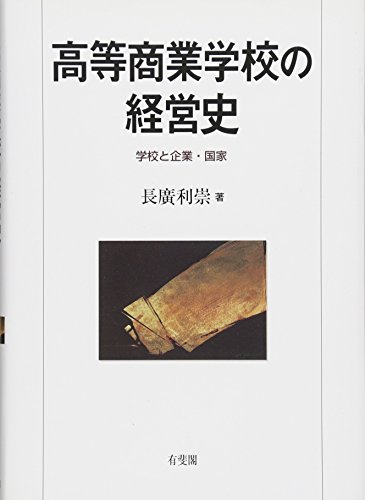4 0 0 0 戦前期日本における高等教育と実業家:文科系を中心に
2 0 0 0 OA 戦間期小規模炭鉱の経営規模拡大
- 著者
- 長廣 利崇
- 出版者
- 経営史学会
- 雑誌
- 経営史学 (ISSN:03869113)
- 巻号頁・発行日
- vol.37, no.2, pp.30-55, 2002-09-25 (Released:2009-11-06)
In most previous studies of the Japanese coal industrial history, it is assumed that small-scale coal mines were undeveloped. Large-scale coal mines, such as Mitsui and Mitsubishi, were thought to have monopolized the market during the interwar period. However, there is almost no empirical study that analyzes small-scale coal mines. Therefore, this paper examines the case of Arate coal mine, under small-scale management in the coalfields of Chikuhou during the interwar period.The coal market share of Arate was greatly extended under the oligopoly of large-scale coal mines from 1930 to 1935. In this study, this factor is analyzed from three angles: a market, production, and finances.What should be emphasized is that Arate produced high-quality coal that was equal to that of large-scale coal mines. Arate operated under a labor-intensive system, using low wage earnings, and was became able to compete at the same production cost as large-scale coal mines.That is, Arate competed on an equal footing with large-scale coal mines, in both the market and production cost, and grew in management scale. This paper thus presents a critique of the historical image of small-scale coal mines as undeveloped.
1 0 0 0 IR 競争の管理--1920年代の日本石炭産業におけるカルテル
- 著者
- 長廣 利崇
- 出版者
- 和歌山大学経済学会
- 雑誌
- 和歌山大学経済学会研究年報 (ISSN:1880490X)
- 巻号頁・発行日
- no.14, pp.187-199, 2010
1 0 0 0 高等商業学校の経営史 : 学校と企業・国家
1 0 0 0 講演録 官立高等商業学校を見る眼
- 著者
- 長廣 利崇
- 出版者
- 滋賀大学経済学部附属史料館
- 雑誌
- 滋賀大学経済学部附属史料館研究紀要 = Bulletin of Archival Museum, Faculty of Economics, Shiga University (ISSN:02866579)
- 巻号頁・発行日
- no.47, pp.1-7, 2014-03
